Ken Hackathorn’s contributions to all facets of practical shooting cannot be overstated; his decades long history serving in LE, helping found modern competitive shooting sports (IPSC/IDPA/3-gun), as well as his influence, guidance, and mentoring of numerous influential individuals and organizations is virtually unparalleled. He is a true-to-life Yoda or Shifu of modern shooting.
This week he presented a two day class, billed as “Advanced Handgun” at the Chabot Gun Range in the hills behind Oakland, CA. 15 students from a wide variety of backgrounds including civilian self-defense, competition, LE, and military were present.
At the beginning of the first day, Ken outlined his thoughts on defensive shooting in contrast to competition shooting. He feels it is important to recognize the limits of competitive shooting and be cognizant of training scars that competition tactics can bring to real world shooting events; for example, it might not be prudent to FISH or clear a structure of a potential violent opponent using the same techniques which would be applicable for running a USPSA or IDPA stage. Ken has spent significant time studying the results of shooting incidents—video, AAR, and direct interviews with participants. For most real world applications of handguns in lethal force encounters, he felt the following was most likely and that effective training should reflect these factors:
-- 92% of encounters at 10 meters or less
-- 85-87% in low light conditions
-- Number of rounds fired ranged from 2-3 in a shooting (one individual firing) to nearly always fully emptying the magazine in gunfights (multiple individuals shooting)
-- Typically 1-3 attackers
-- Opponents are frequently moving and do not remain static
-- Many times individuals responding to unanticipated violence shoot with strong hand only.
As a result, he recommends that 70-80% of practice be done at 10 meters and in, with lots of shooting on the move, and an emphasis on boosting strong hand only skills. Inside 10 meters, shoot and move; at longer distances do as Paul Howe recommends and move quickly to the next position of cover and then shoot. Don’t leave a point of cover until you identify the next one. In order to improve, it is necessary to practice in a way that stretches a shooter's comfort zone—a shot timer and scored targets are mandatory. Practicing 200-300 rounds a week would be quite useful for most shooters looking to improve. Interestingly, Ken is not a huge proponent of dry firing; this is in sharp contrast to top shooters like Robert Vogel, Ben Stoeger, and others of that caliber.
Ken introduced the class to a simplified version of COL Boyd’s OODA loop—Vision, Decision, Action when addressing potential lethal force encounters. He recommended reading Jim Cirillo and Frank White; he also mentioned Frank Repass. What wins gunfights is not how fast someone can shoot, but rather how rapidly someone can make accurate hits to critical anatomic zones. The shooter must do what it takes to get accurate hits. Note that Ken emphasizes keeping the trigger finger indexed in the ejection port when not on target and demands strict muzzle awareness at all times, as these are the keys to safety in Ken’s experience, whether on a square range or in the 360/3D environment of the real world.
Ken recommends a quality full size 9 mm pistol for most users—it is easier to shoot, generally less expensive, and does not beat up the joints as much. He recommends a trigger that is not too light or too heavy. Ken feels that handgun trigger pull weight should ideally be no more than two times the weight of the pistol, otherwise control suffers. He is not a fan of three dot sights, but strongly prefers a bright front sight. He feels pistol mounted RDS is the wave of the future, but durability is not quite there yet and they require more training to be used effectively; Ken feels most service pistols will be equipped with RDS in the next 10-15 years. Pistol grips need to be textured using grip tape, stippling/checkering, or a texture like Glock RTF2, which Ken prefers to the RTF3 used on the 4th gen Glocks. Mags are a wear item and must be replaced periodically and in adequate quantity—minimum of 3, 6 better, 10-12 ideal. He recommended downloading Glock mags by 1 rd; Wilson Elite .45 Auto mags are good for 1911’s. He sees far too many dry guns; lube them--even polymer handguns like the Glock and M&P!!! Ken uses Mobile 1.
Ken’s current favorite training pistol is a 9 mm 1911. For this class Ken used an older gen 3 G17, with Ameriglo Hack tritium sights, GFA, grip tape, and several Vickers parts including mag release, slide release, along with base plates. Ken discussed the numerous problems he has seen with gen 4 and recent gen 3 Glocks. He stated the RTF2 9 mm Glocks are his favorites. He also mentioned issues with Cohen era Sig’s and his dislike of XD’s. He feels P30’s are good pistols, but is not thrilled about HK’s inconsistent parts availability and support. He seemed relatively neutral on M&P’s. Ken demonstrated that he can auto-forward almost any pistol, including Glocks, based on how the magazine is inserted—this is a shooter technique issue, not a handgun problem.
Ken is not too concerned about the lower body position when shooting, although ideally he recommends a boxing/fighting stance with the weight on the balls of the feet. The upper body is more important: he uses typical isosceles position, and discusses the critical need to lock the strong hand wrist and aggressively grip pistol with both hands nearly as hard as possible without causing tremors. He uses the common thumbs forward grip.
As Ken clearly outlined at the beginning of the first day, the class started in a slow, methodical fashion, with a variety of simple low round count drills from 10 yards into the center A-zone of an IDPA target (8 inch circle), as well as some dry fire and partner drills. The goal of these was to assess shooter skill and develop an awareness of trigger press. Bill drills were performed next with a 5 sec time requirement, with each miss to the C-zone adding 1 sec to the shooter’s raw time.
Ken began to introduce shooting while moving and multiple targets. Simple fore, aft, and lateral movements, compass drill, El Prez (with mandatory slide lock reload) static and on the move, and the 1-5 drill static and on the move were all shot. Many of these drills use a 20 sec maximum time with a 1 sec penalty for each shot out of the A-zone. Ken mentioned that a typical safe shooter should score under 20 sec, intermediate shooters under 15 sec, and more capable shooters under 10 sec. The first day ended with students being asked to fire 4 shots to the body A-zone and 2 to the head A-zone from concealment in under 6 sec, again with 1 sec penalty for each miss, much like Todd Green’s FAST test which Ken also recommended: http://pistol-training.com/fastest. He recommends getting the pistol up in front of the face when reloading and emphasizes slide lock reloads over the less critical tactical magazine change. He releases the slide release using his weak hand thumb.
Many of these drills have been discussed in detail, in other AAR’s: (http://www.m4carbine.net/showthread.php?t=115734)
A discussion of low light shooting rounded out the day. Ken recommends the use of a WML, but only in conjunction with a handle held light for utility tasks and searching. Ken likes ammo with flash retarded powder; he highlighted Remington and Corbon as being particularly bright and not well suited to night use.
Unfortunately, this class once again accentuated the deficits associated with training conducted at Chabot, as due to range restrictions, night shooting was not allowed; given the prevalence of defensive encounters in low light, Ken felt this significantly limited the curriculum he typically prefers to present.
On the first day, I fired a modest 223 rounds.
Day two started with a discussion that even gross sighting errors at distances under 10 meters will still allow hits, as long as the trigger is manipulated straight back. Trigger manipulation is FAR more important than sight alignment, as trigger errors are what cause most misses. Shooters had the opportunity to explore the limits of POA/POI with various purposely induced sight misalignments.
Next Ken borrowed Kyle Defoor’s pistol test #1 which he highly recommended: https://www.youtube.com/watch?v=sJtczDAUul0
A variety of drills shooting strong hand only from 5-20 yds were shot next. Ken discussed how he started every practice session using the 1-2-3 drill, primarily strong hand only, from 5-20 yds. Ken discussed one hand shooting recoil mitigation techniques and mentioned he does not recommend canting the pistol when shooting with one hand. This was followed by several shooting on the move drills from 3-25 yds, including the Scott Warren lateral barrel drill (here shot by Todd Green: https://www.youtube.com/watch?v=AlJdC9_VkEs), along with the fore and aft serpentine version of the drill.
“The Test” was next; 10 shots in 10 sec at 10 yds into an NRA B8 repair center from the ready (Note that Ken acknowledges that the all the common ready positions--high, low, and SUL are useful, depending on circumstances)—passing score is 90 or above. Ken and 3 students shot a 99. This was followed by the “Half Test”: 10 shots in 5 sec at 5 yds into an NRA B8 from the holster—passing score is again 90.
Some weak hand only drills were performed, starting with the pistol on the ground, to simulate it being dropped after an acute injury has rendered the strong hand inoperable.
Prior to the class working a variety of barrier drills, Ken demonstrated how he is now a believer of switching hands and eyes when shooting around barriers from the off-side to reduce the amount of the body that potentially gets exposed to hostile fire.
Next, Ken had us place tape over our sights, so they could not be used, in order to vividly demonstrate how a natural index with the pistol would allow hits out to 10 meters or so, even if the sights were not available—as long the trigger was not snatched. Several drill were conducted, both static and moving, on paper and steel, to demonstrate this. The drills were then repeated after removing the tape so sights could be used—many shooters realized their scores were about the same at close distances.
Ken’s formerly infamous snake drill was also safely shot. This was followed by multiple Bill drills done will moving in each cardinal direction. Finally the day ended by shooting a simple, slow fire group for accuracy.
I expended 210 rounds on the second day of the class, for a grand total of only 433 rounds for the two day course. Being only several weeks out of a broken right wrist, I was OK with the low round count... Firing Federal 147 gr ammo from magazines with 10-8 baseplates, the stippled M&P9 w/ambi-safety, RMR02, Apex Duty Kit, KKM barrel, and Catalyst mag release I ran from a Fricke Gideon Elite holster shot flawlessly for the entire course, despite light to moderate rain.
Ken is a very effective, skilled, and capable instructor. Watching him teach was quite revealing, as I quickly recognized the multitude of other instructors who have borrowed his techniques, drills, mannerisms, and syntax. It was nice to see Ken positively mentioning and recommending fellow trainers like Paul Howe, Steve Fisher, Jon Canipe, Wayne Dobbs, Daryl Bolke, and Pat McNamara.
I was glad to see that targets were taped after each drill to allow proper evaluation of shot placement; however, I would have liked to see more target replacement, not just taping.
While billed as an “Advanced” level handgun course, it was in fact more of an intermediate level class, as the skills, times, and standards seemed less stringent than those applicable for truly advanced or master level shooters. Don’t let the title fool you, this class would be useful for almost any typical LE, military, CCW, or civilian self-defense shooter interesting in improving their pistol skills.



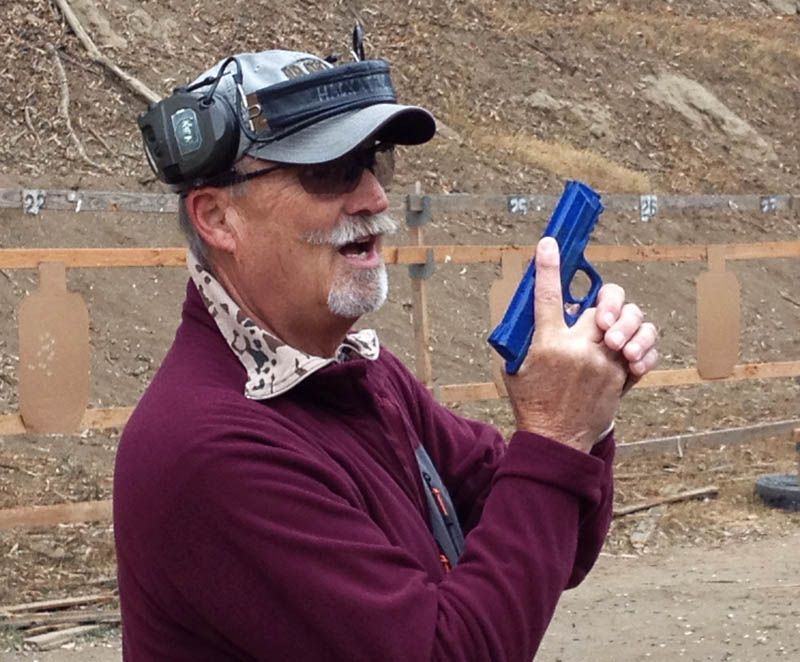
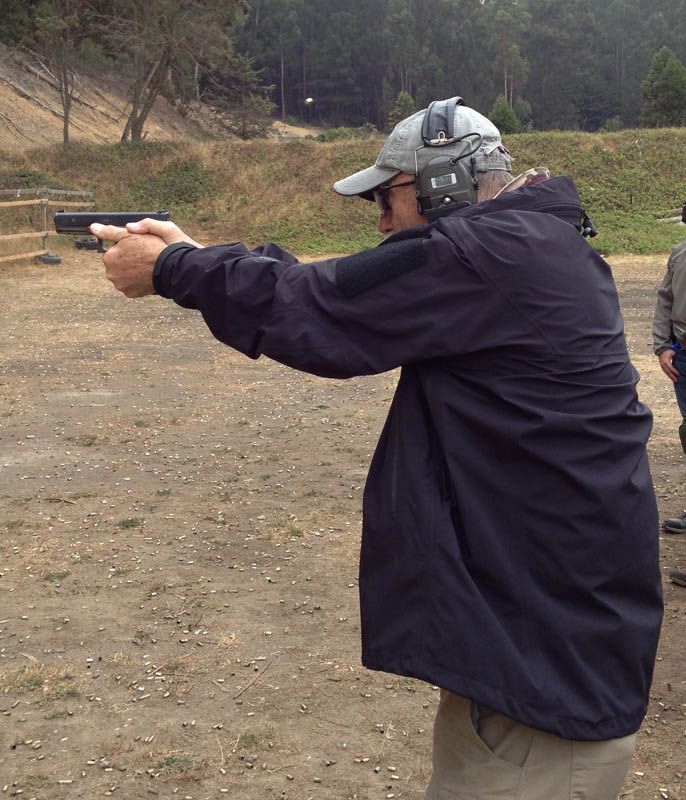

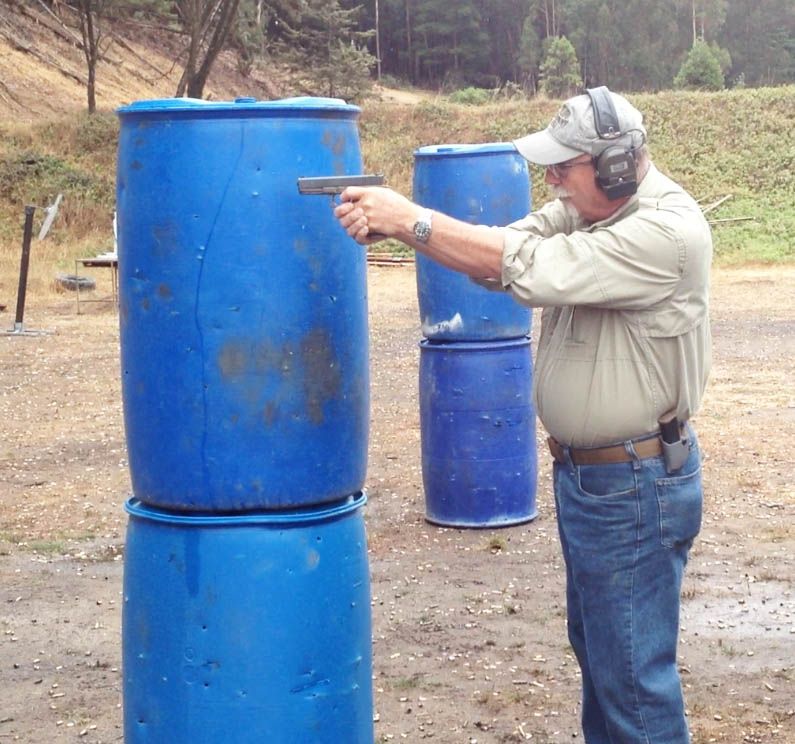
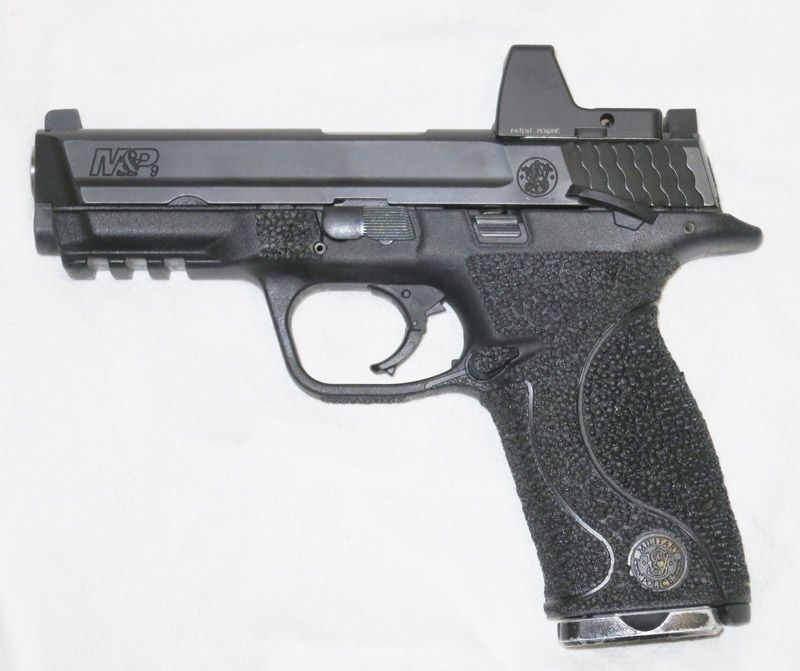

 Reply With Quote
Reply With Quote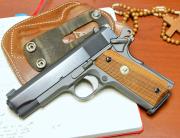

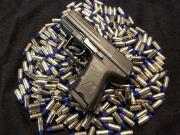
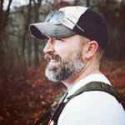



 . Snarky and easily butt hurt. Favorite animal is the Cape Buffalo....likely indicative of a personality disorder.
. Snarky and easily butt hurt. Favorite animal is the Cape Buffalo....likely indicative of a personality disorder.